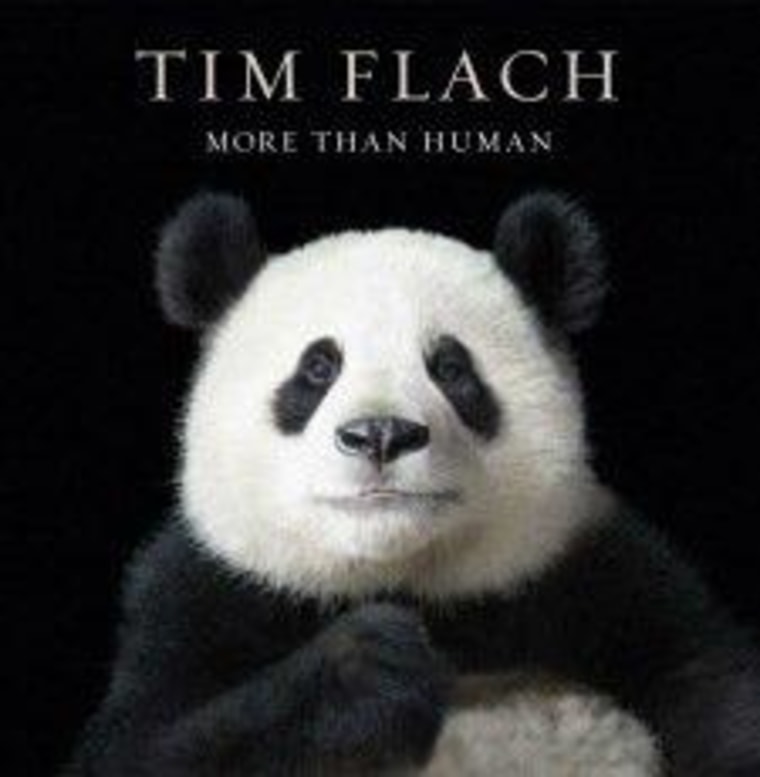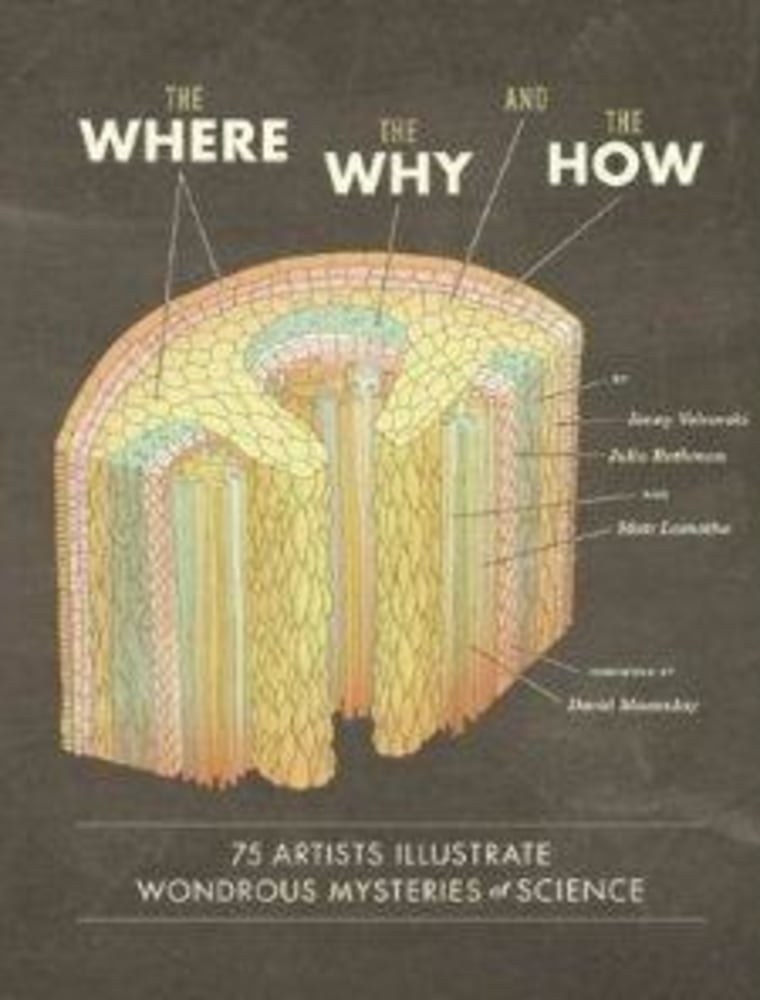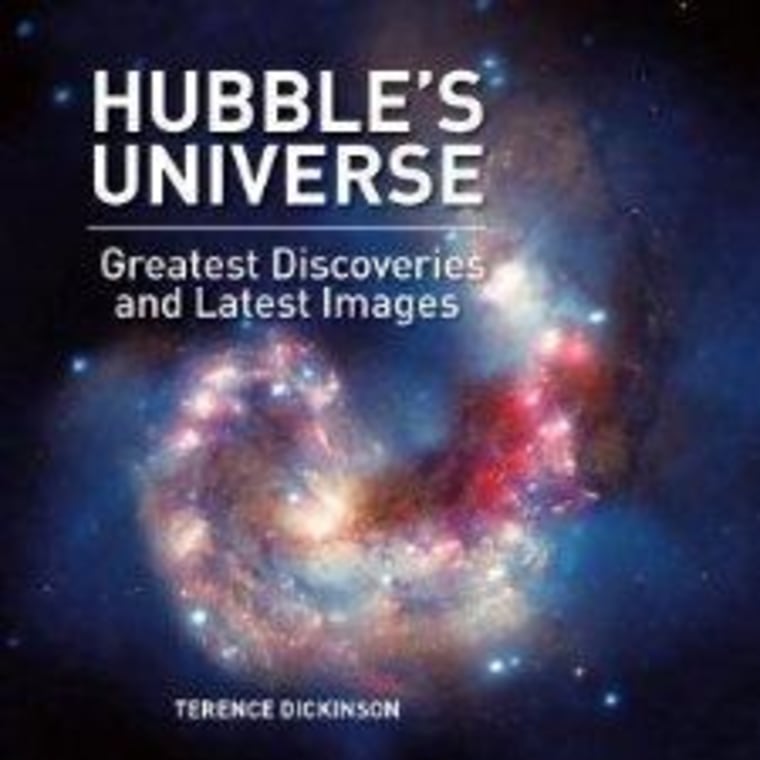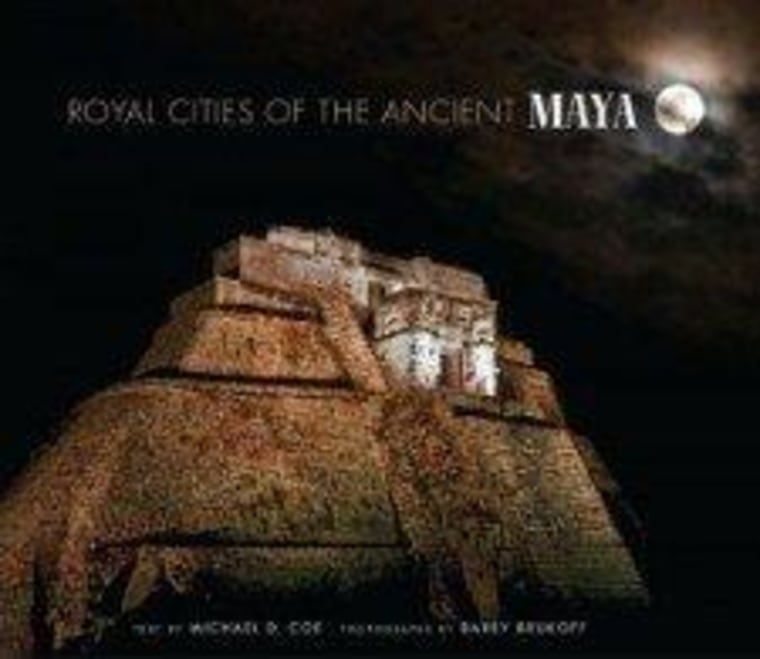
Giving someone a book about science is like running an experiment. You construct a hypothesis by trying to figure out what interests the prospective recipient, test the hypothesis with the gift book, and then find out whether the book takes an honored place on the reading table — or gathers dust on the shelf.
To maximize your chances of success, consider the setting for the experiment. Is the book destined for the coffee table, the library table, or the kids' table? If it's the coffee table, make sure that the pictures are big and beautiful. For the library table, you want a well-told story. And the best books for the kids' table are fun as well as factual.
I've gone through my own book pile as well as end-of-the-year reviews to come up with five books for each of those types of tables, plus a few pointers to alternate selections. In each category, I've tried to cover a wide spread of topics — to maximize the chances that the experiment will be successful. Who knows? You may even want to run an experiment or two on yourself:
For the coffee table:
More Than Human by Lewis Blackwell and Tim Flach: Beautiful portraits of animals ranging from pandas and elephants to bats and snakes. Who knew a pig could be so ... beautiful? Get a preview from Brain Pickings (Abrams, $65).

The Where, the Why and the How: 75 Artists Illustrate Wondrous Mysteries of Science, by Jenny Volvoski, Julia Rothman and Matt Lamothe. Why do we blush? Why do cats purr? The essays and fanciful illustrations will entertain and educate. Check out the YouTube video (Chronicle Books, $24.95).

Hubble's Universe: Greatest Discoveries and Latest Images, by Terence Dickinson: There's a new Hubble picture book every year, but this year we're lucky to have one authored by the guy who wrote "NightWatch" and "The Universe and Beyond." Dickinson talks about his space odyssey in a publicity video (Firefly Books, $49.95). Alternate selections: "Planetfall" and "Space Atlas."

The Human Face of Big Data, by Rick Smolan and Jennifer Erwitt: The photographers behind the "Day in the Life" art-book series look at how networks and data are transforming our world. Want to go beyond the printed page? Of course you know there's an app for that. Check out the press kit. (Against All Odds, $50).

Royal Cities of the Ancient Maya, by Michael D. Coe and Barry Brukoff: Just in time for the Maya non-apocalypse, a Yale anthropologist (Coe) and an award-winning photographer (Brukoff) team up to produce a beautiful book that provides a wide-angle view of the ancient Mesoamerican culture and its art. (Vendome Press, $50).
For the library table:
Spillover: Animal Infections and the Next Human Pandemic, by David Quammen. A science reporter travels the world to track down how diseases make the jump from animal species to humans, causing diseases ranging from AIDS and SARS to Ebola and Lyme disease. In the process, Quammen raises disturbing questions about the Next Big One (W.W. Norton, $28.95). Alternate selection: "Zoobiquity."
The Signal and the Noise: Why So Many Predictions Fail — But Some Don't, by Nate Silver: How many statisticians actually become a punching bag for pundits? Silver, who made the jump from baseball stats to political predictions with his FiveThirtyEight blog, ticked off conservatives by insisting that President Barack Obama had a high probability of re-election. It turns out that Silver was right. Silver's book guides you through the promise, the peril and the paradox behind prediction (Penguin, $27.95).
Life's Ratchet: How Molecular Machines Extract Order From Chaos, by Peter M. Hoffmann: The world is getting smaller and smaller thanks to nanotechnology. Hoffmann, a physics professor at Wayne State University, delves into the nano-nexus of chemistry, engineering and biology. How does all that molecular machinery give rise to life itself? Brace yourself for some unconventional answers (Basic Books, $27.99).
Masters of the Planet: The Search for Our Human Origins, by Ian Tattersall: How did Homo sapiens come to rule the earth? What happened to all those other hominid species, including our Neanderthal cousins? The curator emeritus at the American Museum of Natural History draws upon recent research to tell the story of our species' rapid rise (Macmillan, $26). Alternate big-name selections: E.O. Wilson's "The Social Conquest of Earth" (published in April) and Jared Diamond's "The World Until Yesterday" (yet to be released).
Why Does the World Exist? An Existential Detective Story, by Jim Holt. Is "reality" unreal? Scientists think they just might be able to answer that deep question — but the even deeper question has to do with "why." Why is there something rather than nothing? Holt checks in with some of the world's deepest thinkers during his personal quest for answers. "Reading this book feels like working out in one of the finest philosophical and intellectual gyms in town," one of Amazon's reviewers writes. Just make sure you keep your mind stretched and limber (Liveright, $27.95). Alternate selections: "Particle at the End of the Universe,""A Universe From Nothing" and Neil Shubin's yet-to-be-published book, "The Universe Within."
For the kids' table:
Ocean Sunlight: How Tiny Plants Feed the Seas, by Molly Bang and Penny Chisholm: Is it possible to do a book about phytoplankton for elementary-school kids? You bet. "Ocean Sunlight" explains how tiny ocean plants support a food chain that leads up to giant whales as well as us humans. It's one of the finalists in the 2013 Science Books and Film Prizes competition, sponsored by Subaru and the American Association for the Advancement of Science (Scholastic, ages 4 and up, $18.99).
Destined for Space: Our Story of Exploration, by Don Nardo: This book traces humanity's fascination with the cosmos, starting with the ancient Greeks, going through the glory days of human spaceflight and looking into the future. The Planetary Society's Emily Lakdawalla says it's "lavishly and excellently illustrated" (Capstone paperback, ages 9 to 13, $8.95). Check out Lakdawalla's other space-related reading recommendations for kids.
Animal Grossapedia, by Melissa Stewart: This is one of the "outstanding science trade books" published in 2012 for K-12 students, according to the National Science Teachers Association. "Just gross enough that children will read it, with a good variety of examples and nice focus on vocabulary," the NSTA says (Scholastic, ages 8 to 12, $8.99). Check out the rest of the NSTA's picks. Alternate selection: "Grossopedia," yet to be published.
A Warmer World: From Polar Bears to Butterflies, How Climate Change Affects Wildlife, by Caroline Arnold and Jamie Hogan: How do you explain climate change to kids? This picture book takes on the tone of a nature journal, explaining how a changing climate alters ecosystems and forces animals to adapt or die. (Charlesbridge, ages 7 to 10, $16.95). Alternate selection for grown-ups: "Global Weirdness."
Big Questions From Little People, and Simple Answers from Great Minds, by Gemma Elwin Harris: Do animals have feelings? Why can't I tickle myself? Harris has gathered up 100 questions from grade-school kids — and enlisted luminaries such as author Mary Roach, biologist Richard Dawkins, chef Gordon Ramsay and linguist Noam Chomsky to serve up the answers. To tell the truth, this book is directed as much at big people as it is at little people (Harper Collins, age 9-ish and up, $24.99).
What's on your reading table? What would you like to get (or give) this holiday season? Share your faves in a comment below, or on the Cosmic Log Facebook page. And for still more book suggestions, check out the Cosmic Log backlist:
- 2012: Seven summer books for smarties
- 2011: Scientific tales come alive in ink
- 2011: 10 books for a summer field trip
- 2010: Season's readings in science
- 2010: Tales for summer science odysseys
- 2009: Science by the book
- 2009: Books for an Apollo summer
- 2007: Season's readings for grown-ups
- 2007: Season's readings for kids
- 2007: Escape into summer sci-fi
- 2005: Literary adventures (scroll down)
- Cosmic Log archive on books
- Cosmic Log Used Book Club
Alan Boyle is NBCNews.com's science editor. Connect with the Cosmic Log community by "liking" the log's Facebook page, following @b0yle on Twitter and adding the Cosmic Log page to your Google+ presence. To keep up with Cosmic Log as well as NBCNews.com's other science and space news coverage, sign up for the Tech & Science newsletter, delivered via email. You can also check out "The Case for Pluto," my book about dwarf planets and the search for new worlds.